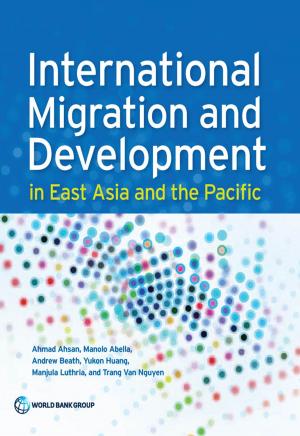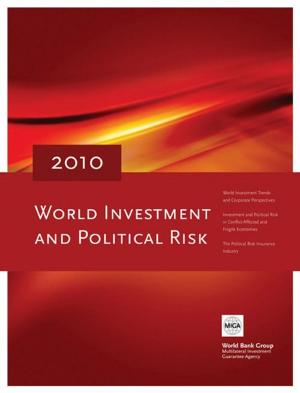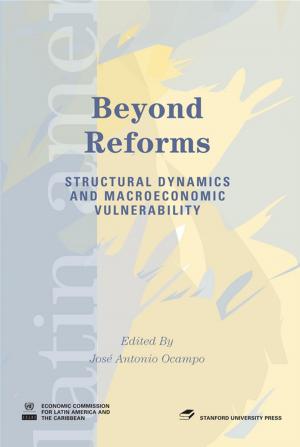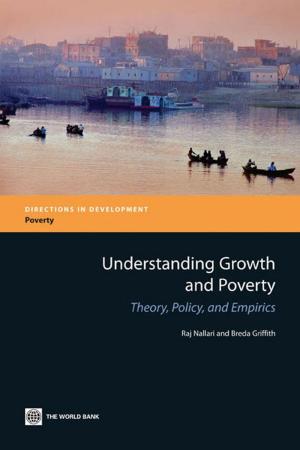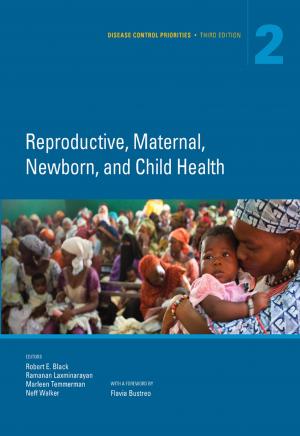Discrimination In Latin America: An Economic Perspective
Nonfiction, Social & Cultural Studies, Social Science, Cultural Studies, Minority Studies| Author: | Nopo Hugo; Chong Alberto; Moro Andrea | ISBN: | 9780821378359 |
| Publisher: | World Bank | Publication: | December 3, 2009 |
| Imprint: | Language: | English |
| Author: | Nopo Hugo; Chong Alberto; Moro Andrea |
| ISBN: | 9780821378359 |
| Publisher: | World Bank |
| Publication: | December 3, 2009 |
| Imprint: | |
| Language: | English |
Latin America has often been regarded as a region with deep ethnic and class conflicts. The difficulty of assessing this from an economic perspective is two fold: There is little solid, unbiased, and systematic data to provide convincing empirical evidence, and there is a dearth of empirical methods to identify specific discriminatory-based behavior as opposed to related behavior that might only appear to be discriminatory.This book uses a variety of methodological tools -- regression analysis, market tests, field experiments, audit studies, and structural methods -- to explore the extent to which discrimination against women and demographic minorities is pervasive in Latin America.
Latin America has often been regarded as a region with deep ethnic and class conflicts. The difficulty of assessing this from an economic perspective is two fold: There is little solid, unbiased, and systematic data to provide convincing empirical evidence, and there is a dearth of empirical methods to identify specific discriminatory-based behavior as opposed to related behavior that might only appear to be discriminatory.This book uses a variety of methodological tools -- regression analysis, market tests, field experiments, audit studies, and structural methods -- to explore the extent to which discrimination against women and demographic minorities is pervasive in Latin America.




